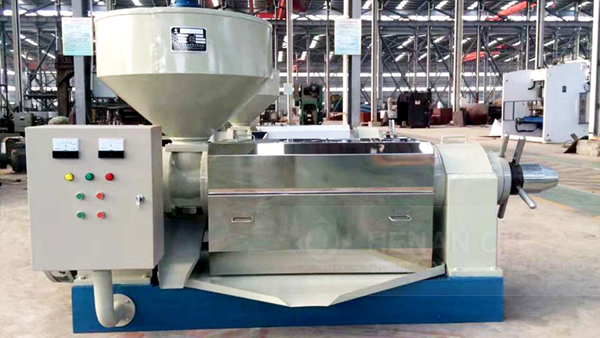
For engineers and project managers overseeing oilseed processing facilities with daily capacities ranging from 30 to 5,000 tons, the pre-treatment system is the unsung hero behind efficient solvent extraction. Poorly designed or misconfigured steps—like cleaning, crushing, softening, rolling, and steaming—can reduce yield by up to 15% and increase downtime by over 20%. This guide breaks down real-world parameters, common pitfalls, and how to avoid them using proven data from actual plant operations.
| Process Step | Recommended Setting (Cottonseed) | Critical Adjustment for Sunflower |
|---|---|---|
| Cleaning | Screen mesh size: 2–3 mm | Use magnetic separator + air aspirator for hulls |
| Softening | Temp: 65–75°C | Moisture: 8–10% | Higher temp (75–80°C) due to lower oil viscosity |
| Rolling | Thickness: 0.3–0.5 mm | Thinner rolls (0.2–0.3 mm) for better fiber separation |
In one case study at a 1,200-ton/day facility in Ukraine, improper softening led to uneven roller thickness and poor solvent penetration—resulting in 12% lower extraction efficiency. After adjusting moisture content from 6% to 9%, yield improved within two weeks. Such issues are preventable when you understand how raw material properties drive equipment selection—not the other way around.

Many contractors default to standard configurations based on “industry norms.” But cottonseed has a hard shell while sunflower seeds are softer and more fibrous. Ignoring these differences leads to frequent machine jams, inconsistent particle sizes, and higher energy consumption. At a 300-ton/day plant in India, switching from fixed-roll to adjustable-gap rollers reduced maintenance costs by 30% annually.
Our team at Qi’e Group has helped over 40 clients optimize their pre-treatment lines across 12 countries—from Brazil to Kazakhstan. We don’t just offer templates—we tailor every design to your feedstock, climate conditions, and throughput goals. That’s why our clients report an average 10–15% improvement in solvent recovery rates after implementation.

Whether you're planning a new installation or upgrading an existing system, investing time in proper pre-treatment design pays off faster than any single piece of machinery. It’s not about adding more capacity—it’s about maximizing what you already have.
Ready to unlock your plant’s full potential? Let’s talk through your specific needs and build a customized solution that works for your operation—not just a generic one.
Get Your Free Pre-Treatment Optimization Audit Today


